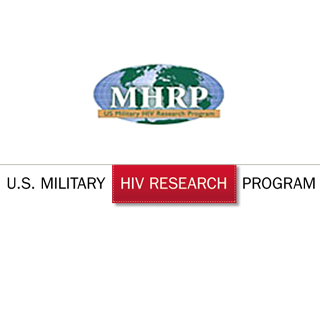
The scientists clarify that the data illustrates the contagious HIV-1 virus particles fastening to red blood cells supposedly contain only a minute quantity, maybe as tiny as an average of 2.3% of a usual HIV-1 preparation. Also erythrocyte-bound HIV-1 is then believed to be roughly 100-fold more infectious as compared to free i.e. non-cell-bound HIV-1 for infection of target cells.
The lead investigator, Dr. Carl Alving, expert in MHRP in the Division of Retrovirology, Walter Reed Army Institute of Research (WRAIR), commented, “If the same behavior of binding of infectious HIV-1 to red blood cells occurs in humans, it might be possible that red blood cell-bound infectious virions are protected from degradation or immune attack.â€
The chief study author, Dr. Zoltan Beck, expert in MHRP in the Division of Retrovirology, Walter Reed Army Institute of Research (WRAIR), mentioned, “This study suggests that erythrocytes might serve as an important, and perhaps hidden, reservoir for infectious HIV-1 virions.â€
The study mentioned that contagious virions apparently only comprise of a minute portion of a usual HIV-1 preparation. If this was in a laboratory surrounding, all the contagious virions could strap to red blood cells and other non-permissive cells i.e., cells that cannot be contaminated. If this is factual in HIV-infected humans, it may denote that red blood cell-bound HIV-1 could perhaps be more significant as opposed to free virus for broadcasting of transmittable HIV-1 to target cells that may be infected.
The study was published in PLoS ONE.
